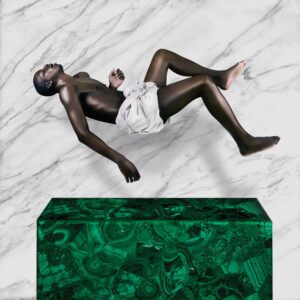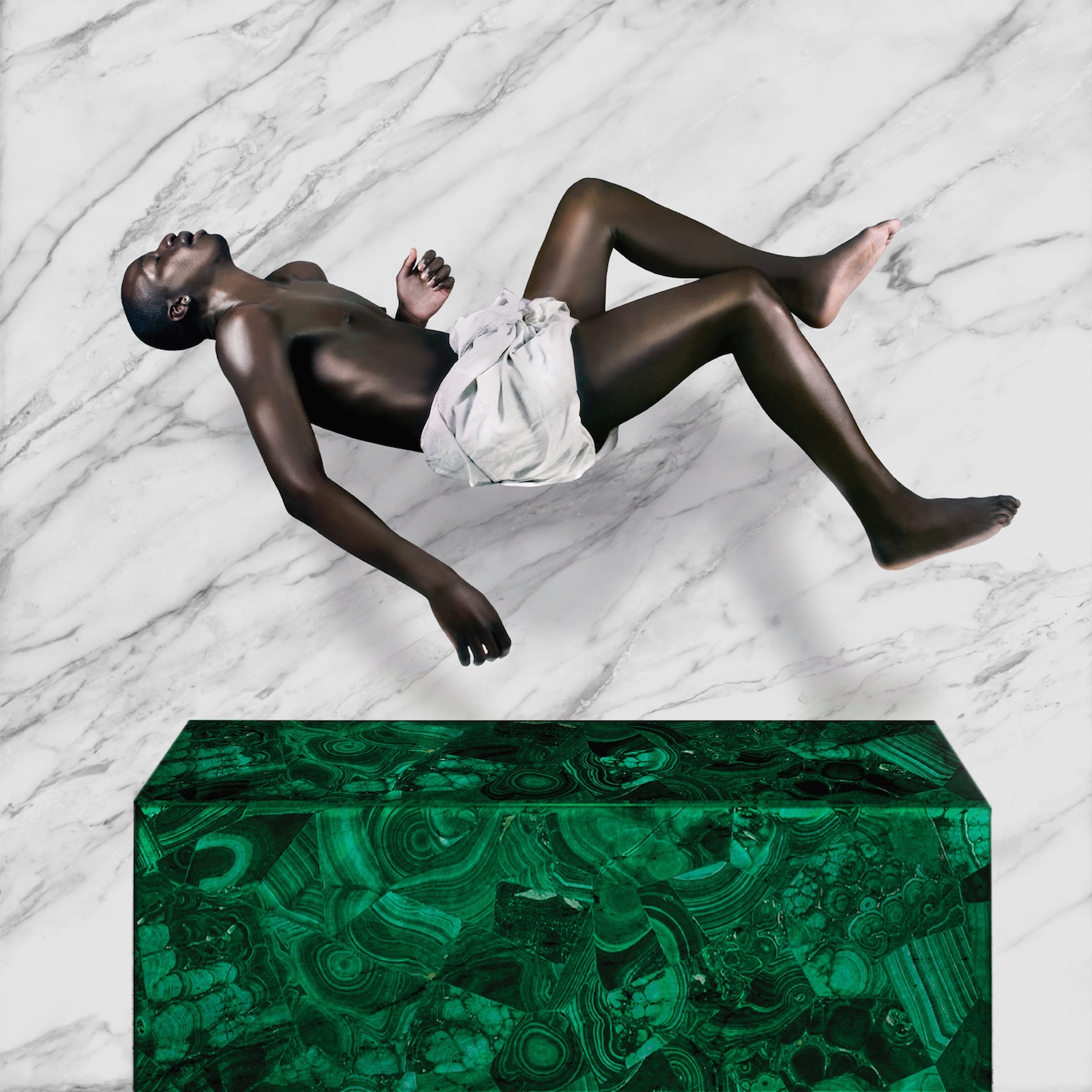 Petite Noir
Petite Noir
La Vie Est Belle/Life Is Beautiful
DOMINO
6/10
With a swarm of baritone humming, jittery hands rattling on a mid-flight tray table, and an enthusiastic thumbs-up wag from the back of a rumbling motorbike, Cape Town’s Yannick Ilunga (a.k.a. Petite Noir) introduced this, his debut full-length, via the Congol-shot video for “Down,” and the message is simple: I’m on the move—get ready.
Pushing afro-pop past the electro age and into the darkest reaches of the dance floor, La Vie Est Belle/Life Is Beautiful rockets Kanye and Kuti into some nether reaches of the new-wave stratosphere. Ilunga’s vocals—both his Tumblr-ready lines like “Freedom comes when you least expect it,” and his guttural wordless croons that blur with sunrays of synth—are equally full-throated and tender, reaching Morrissey levels of unabashed yearning. “I wrote a letter just to settle the score…you took me ’round and ’round and ’round,” he sings on stand-out track “Best,” as if revealing a secret, first quietly and then for all to hear. Fitting that, because his secret is loose. Ilunga calls his genre noir wave, but no matter what landscape this blend of European and African influences crosses, Petite Noir is a new world of music worth exploring.







